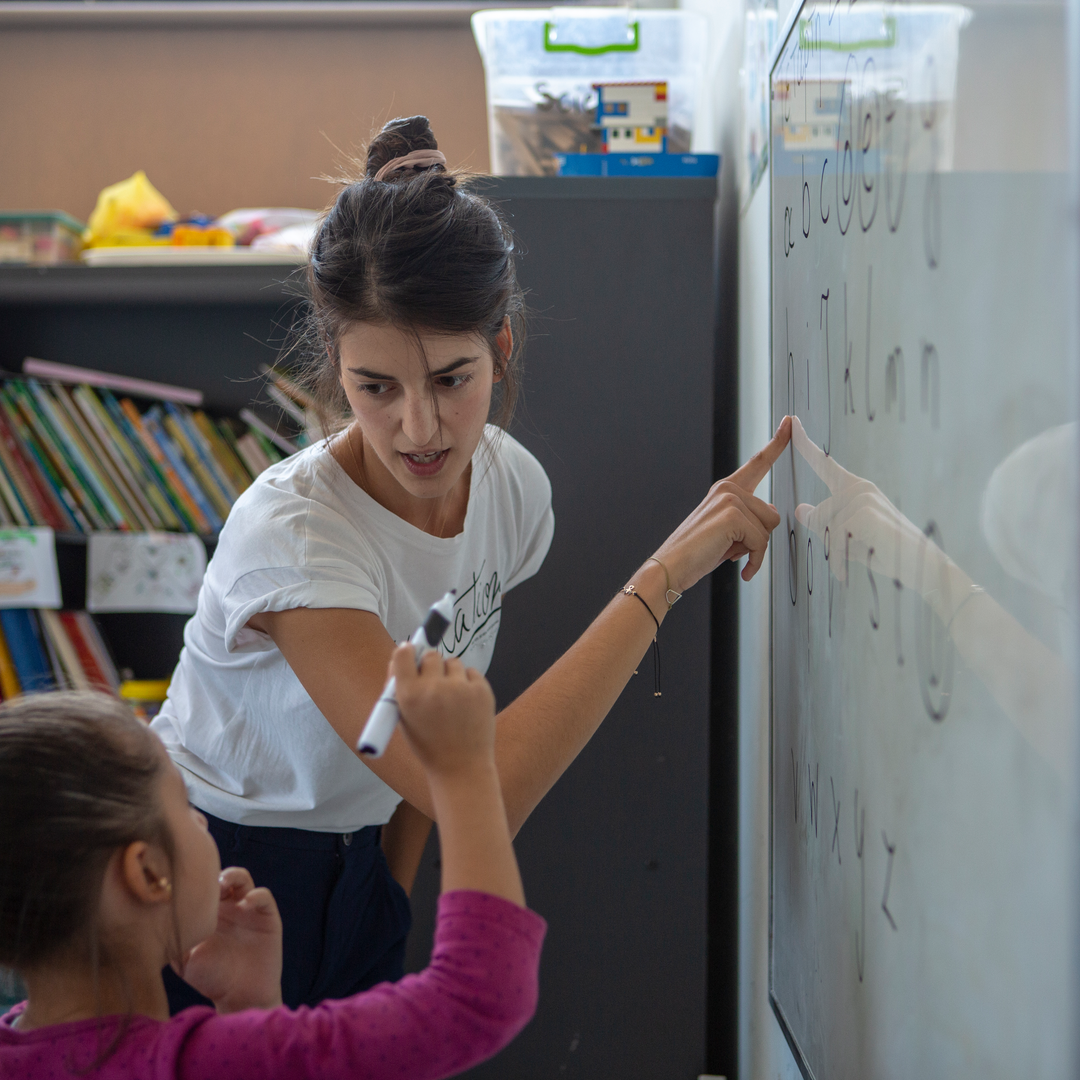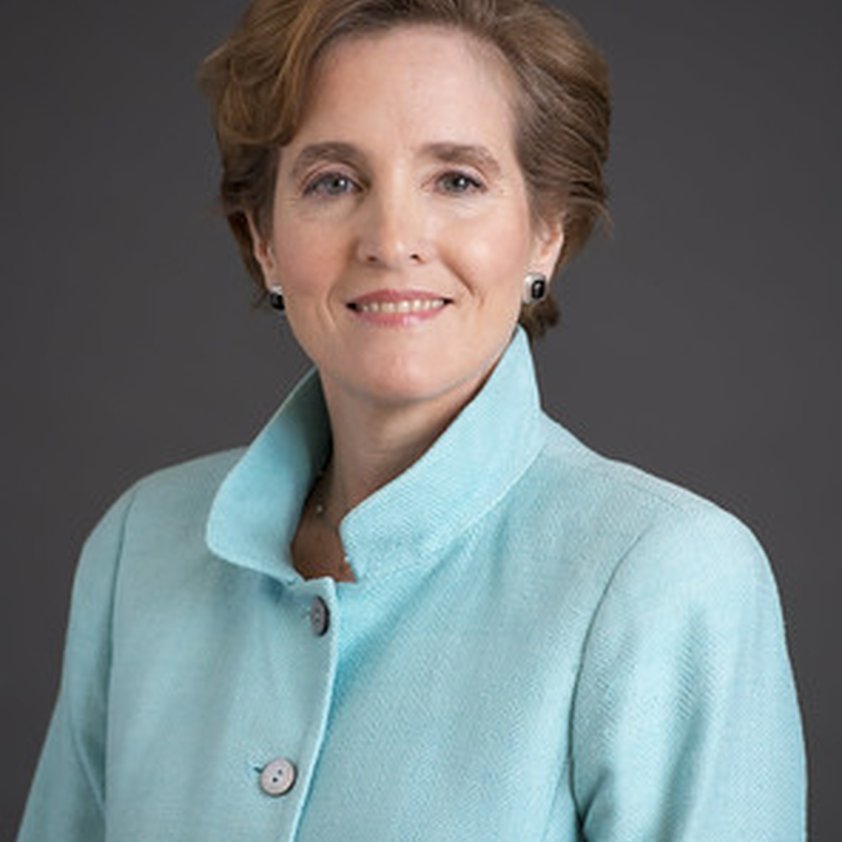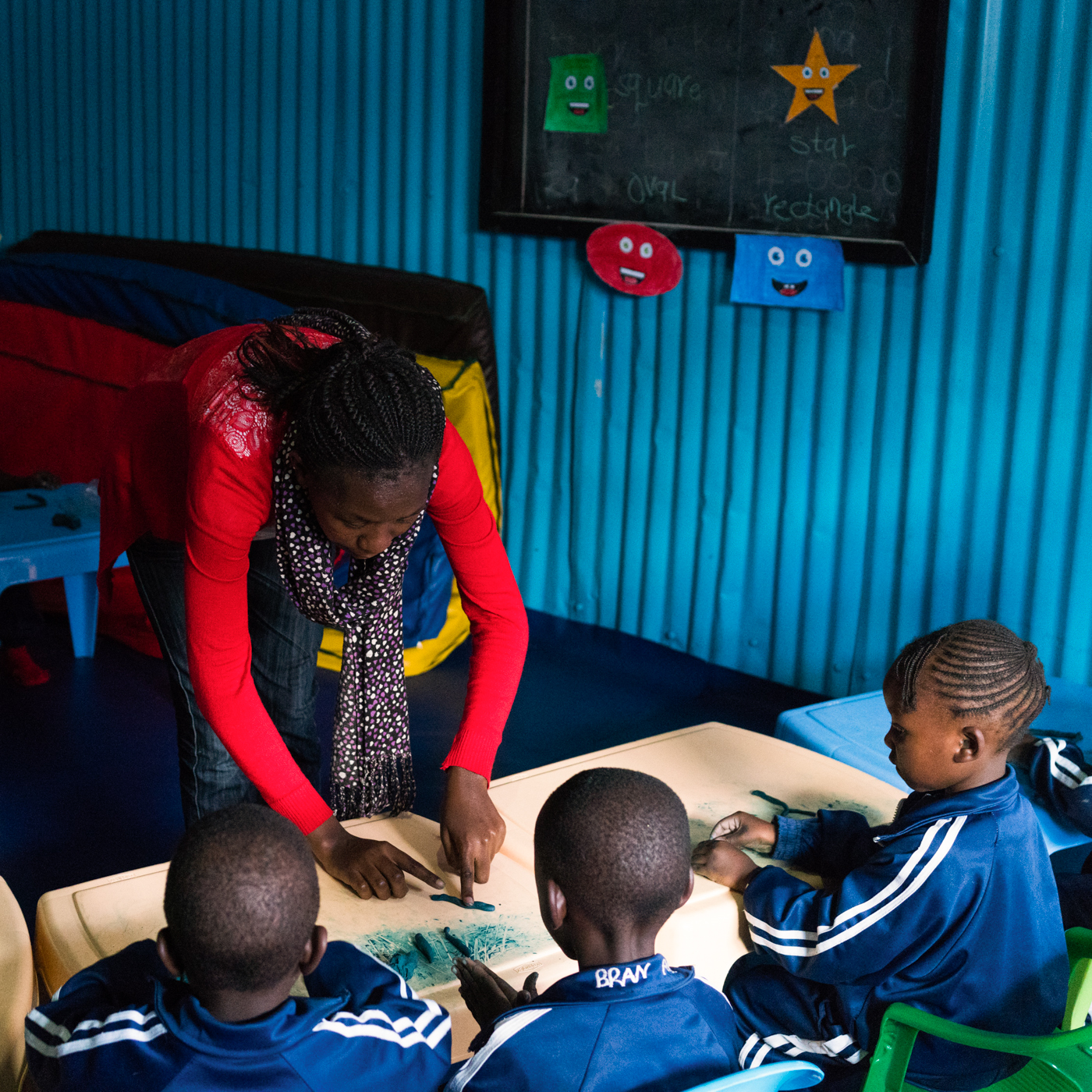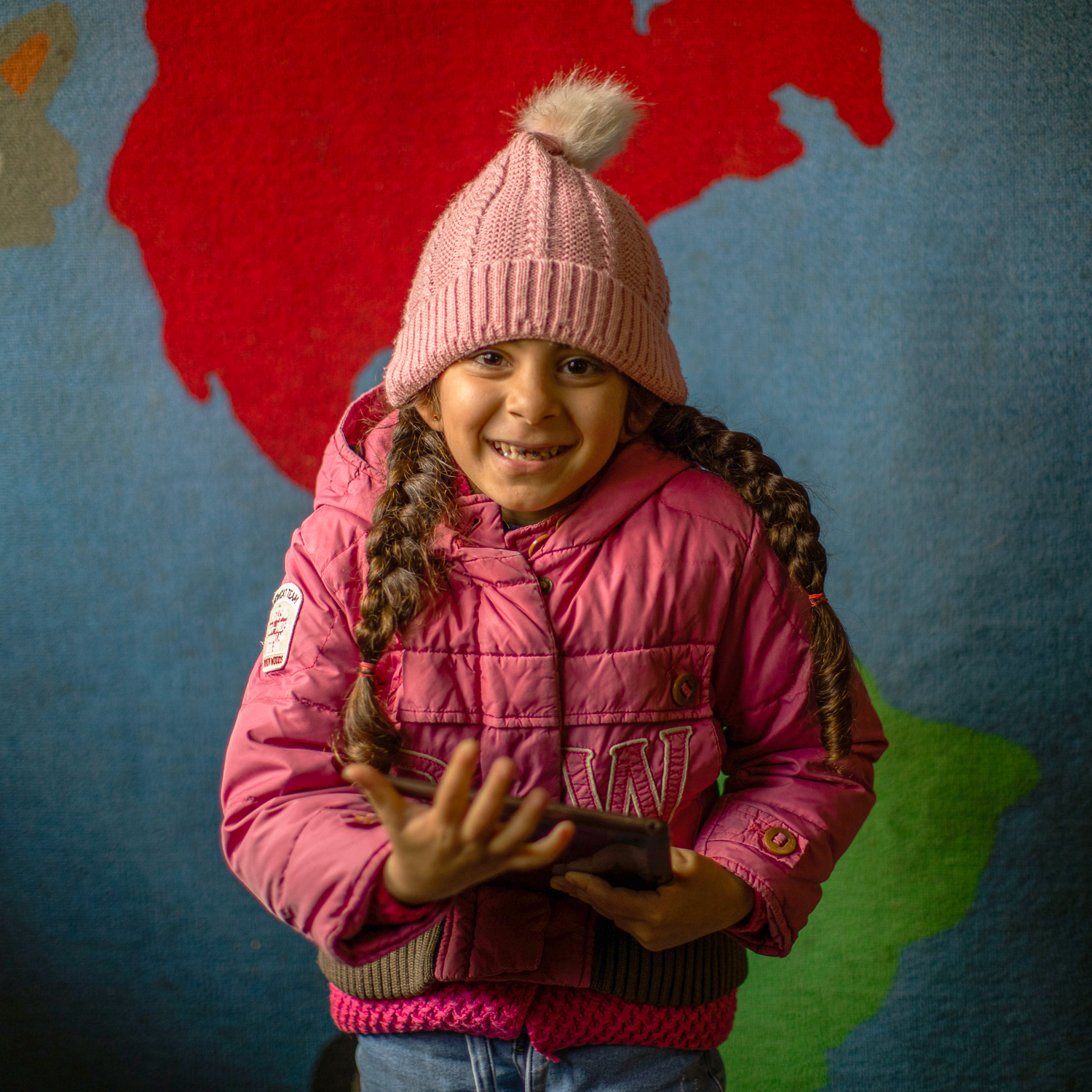
All children in Education
Working alongside the Greek government, UNICEF and local community organisations, Theirworld has invested more than $5 million to address the refugee education crisis in the Greek mainland and Islands.
Studying history, civics, or government? Drafting a paper on equity in education? Considering a career in public administration? The tools on this page will help you better understand that education is the prerequisite to success in how we govern, create policy, and organise and operate politically, in turn, touching nearly every aspect of our lives.
At all levels — from local to global — equitable and inclusive quality education underpins our ability to realize a tremendous diversity of goals, from healthcare and climate change, to poverty alleviation and gender equality, through good governance. Education must be central to any policy, sector strategy, or partnership to realize maximum impact and potential.
Looking for questions to centre your research efforts, or interesting issues or problems to explore? These research questions can help provide a path to a focused research and writing process.
Looking for clear topic sentences to express your opinion, or thesis statements to serve as the core of your essay? Theirworld’s examples can help to form the base of your argument.
Seeking key messages, facts, and opinions to build your evidence base? Find the most up-to-date, pre-sourced data points to help you make a robust case for education and government and politics.
Education is the single best investment a country can make to raise to the most pressing challenges of our time. In an interconnected world, an educated population – especially girls – is an insurance policy for every aspect of a country’s future development, with wide-ranging benefits extending to health, economic growth, peace and stability. However, economic pressures brought on by the Covid-19 pandemic are squeezing education budgets around the world, just as investments are needed more than ever before. Sustaining domestic and global education budgets around the world is the key to a shared future fit for our children.
Alice Albright, CEO of Millennium Challenge Corporation
The COVID-19 pandemic has highlighted the world's interconnectedness like nothing before it. At this moment in history, the opportunity increases to reinvent institutions and paradigms of education. It requires the world to come together in ways that have never been seen or done before - across borders, sectors and disciplines. Big changes start with small steps, so let’s use this moment as an opportunity to build back better education.
His Excellency Dr. Tariq Al Gurg, Chief Executive Officer of Dubai Cares
Safeguarding our post-pandemic future means safeguarding our human capital. More than a billion learners across the world have been affected by the virus-related disruption to education. That is why we need more investment—not just spending more on schools and distance-learning capacity, but also improving the quality of education and the access to life-long learning and re-skilling. These efforts can pay large dividends in terms of growth, productivity, and living standards. We can build a more resilient world by harnessing the vast potential that education provides for people to learn, grow, and transform their lives.
Kristalina Georgieva, Managing Director of the IMF
Searching for more in-depth reporting or quick refreshers on the relationship between education, government and politics? Check out Theirworld’s groundbreaking reports and explainers that examine the issue in further detail.
Prefer an audio medium to better understand the connection between education and politics? Listen to Theirworld’s Better Angels podcasts, featuring stories from globally renowned campaigners, Nobel Prize winners, celebrities, politicians and remarkable young people who are experts in the field.
Sarah Brown speaks to Lord Alf Dubs, Gulwali Passarlay, Melissa Fleming and David Morrissey about the representation of refugees. Millions of words have been spoken and written about refugees but how many of these have been positive? This episode is about the survivors, battlers and new pioneers and explores why refugees are so often feared rather than celebrated.
How do you actually make big change happen? In this episode, Sarah Brown explores the challenge of how to educate Syrian children who have been forced to flee their homes and schools due to the ongoing war. What are all the elements involved in getting hundreds of thousands of Syrian back to school and learning.
Sarah Brown talks to Elias Bou Saab, who served as the minister for education for the Government of Lebanon at a time when hundreds of thousands of Syrian children and families travelled across the border fleeing the horrific war. Elias Bou Saab has implemented the innovative double shift school system to accommodate around 200,000 Syrian children. In this episode he talks about his own personal experience as a child refugee who fled to Syria and the challenges in implementing real change.
This episode provides a glimpse into life in Greek refugee camps and talks to the team behind Theirworld’s new report that offers a way forward out of the refugee education crisis. Sarah talks to organisations making a difference there, and to two refugees who shed their personal light on what those on the Greek Islands are going through.
Sarah Brown talks to Harriet Lamb, Kirthi Jayakumar, Jakaya Kikwete with contributions from United Nations Secretary General António Guterres.
In this Better Angels interview special guest host Tom Fletcher speaks to former UK Prime Minister and UN Special Envoy for Education Gordon Brown and Director of the Education Commission Liesbet Steer about the new International Finance Facility for Education (IFFEd).
Former British Ambassador to Lebanon and author, Tom Fletcher, discusses diplomacy, the importance of education and the ability to use digital platforms to effectively communicate and connect.
Hear from Maysa Jalbout, Senior Advisor on Education in Emergencies for Theirworld, about her work supporting and financing refugee education in Greece. Maysa is joined by Elias Bou Saab, former Lebanese Minister of Education, who collaborated with Theirworld on the double shift school system in Lebanon, which has helped provide education for more than 300,000 refugee children.
In this episode, you will hear from Christos Stylianides, the European Commissioner for Humanitarian Aid and Crisis Management, Jean-Louis De Brouwer, Director of Operations in the European Commission’s Humanitarian Aid and Civil Protection department and Yasmine Sherif, Director of Education Cannot Wait (ECW) – a global fund to transform the delivery of education in emergencies.
Theirworld’s commitment to education spans sectors and subjects. See what we are working on at the intersection of education and government and politics.
Working alongside the Greek government, UNICEF and local community organisations, Theirworld has invested more than $5 million to address the refugee education crisis in the Greek mainland and Islands.
Theirworld is investing in research and working alongside local community partners to raise the profile of the importance of children’s early years across the political spectrum.
Theirworld works with agencies on the ground in Lebanon to provide children, parents and teachers with tools and resources to provide valuable early childhood education.
Theirworld is committed to ending the global education crisis and unleashing the potential of the next generation. Inspired to unlock big change? Support our campaigns, fundraise with us or join our Global Youth Ambassadors programme.
To end the global education crisis we’re going to need everyone to do their part, help build the pressure needed to make change.
Our network of 2,000 young people in more than 100 countries across the globe working together to end the global education crisis.
Raising money for Theirworld is another great way to help us.






